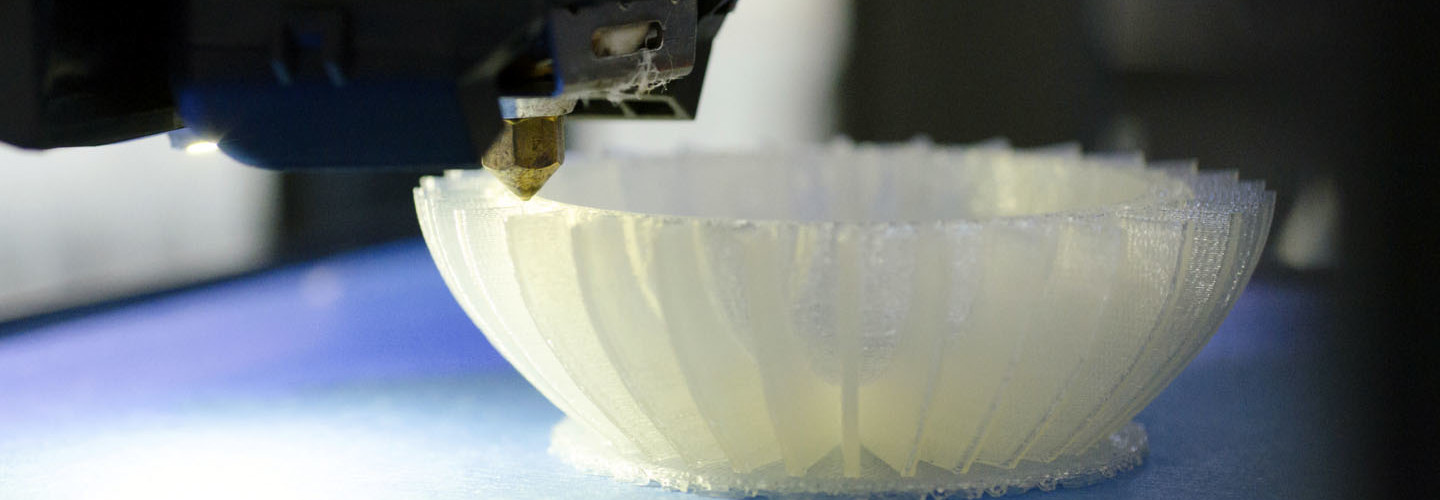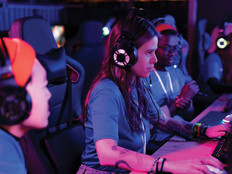New Future Takes Shape for 3D Printers in Schools
3D printing tools have been around for decades. Until recently, they were too expensive for many schools to justify. But with newer, budget-friendly models now available, some schools have taken the plunge. In our workshops on 3D printing for education, we see rapidly growing interest in this area because student tinkering leads to deeper understanding.
3D printing fits beautifully across the curriculum, especially in the STEM (science, technology, engineering and mathematics) domains. Both the Next Generation Science Standards and the Common Core State Standards move beyond just learning about a topic to exploring it in depth, which 3D printing facilitates. In fact, one would be hard-pressed to find any subject that can't benefit from this powerful tool. Decades ago, many schools replaced their metal and woodworking shops with computer labs. Now, 3D printing tools allow them to combine these classes in rich ways.
However, educators fortunate enough to have access to this technology in their schools must understand how to incorporate it meaningfully into their instruction. To do this, they must move away from the highly compartmentalized lecture-based curriculum toward project-based learning. This transformation is not easy and requires schools and districts to invest in staff development.
Next, teachers need familiarity with some of the free 3D design software that will allow their students to construct their own designs. Yes, students can build from thousands of interesting models downloaded from the Internet, but just downloading and printing objects is not the best way to use 3D printers in the classroom. The key is to design and build something of value to the student. For example, students could build a model of a settlement on the moon, including housing and research quarters and lunar ground transportation vehicles. To be successful, students would have to research the challenge of living in a hostile environment, such as that on the moon, and take into consideration the lack of breathable air and reduced gravitational force. This part of the project would take a few weeks to complete; the actual building of the model is the reward for all the design work students do up front.
Even younger children can benefit from having access to a 3D printer. This was brought home to me when my 7-year-old granddaughter Bianca was visiting. She was fascinated by the 3D printers I have and wanted to make some furniture for her doll house. With my help, she designed and made custom pieces. She also was interested in ceramic tiles, so we designed some stamps she could use to make a pattern.
Of course, children this young aren't likely to be able to create and print many designs on their own. But by middle school, they are more than ready to add this tool to their kit of educational resources.
In The Invent To Learn Guide to 3D Printing in the Classroom: Recipes for Success, my co-authors and I detail 18 teacher-tested classroom projects that teach STEM concepts with art and design principles in mind. For example, one project achieves fresh insights by allowing students to design Escher-like tiles that can be built and assembled into a complex pattern. Prior to designing the tiles, students need to learn the mathematics of tiling in general, and then figure out how to design, for example, the shape of a bird that can be used to build a tiling pattern with no gaps.








